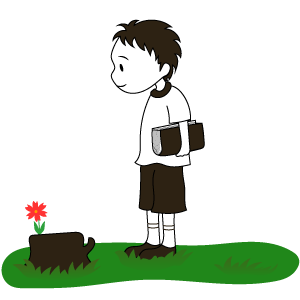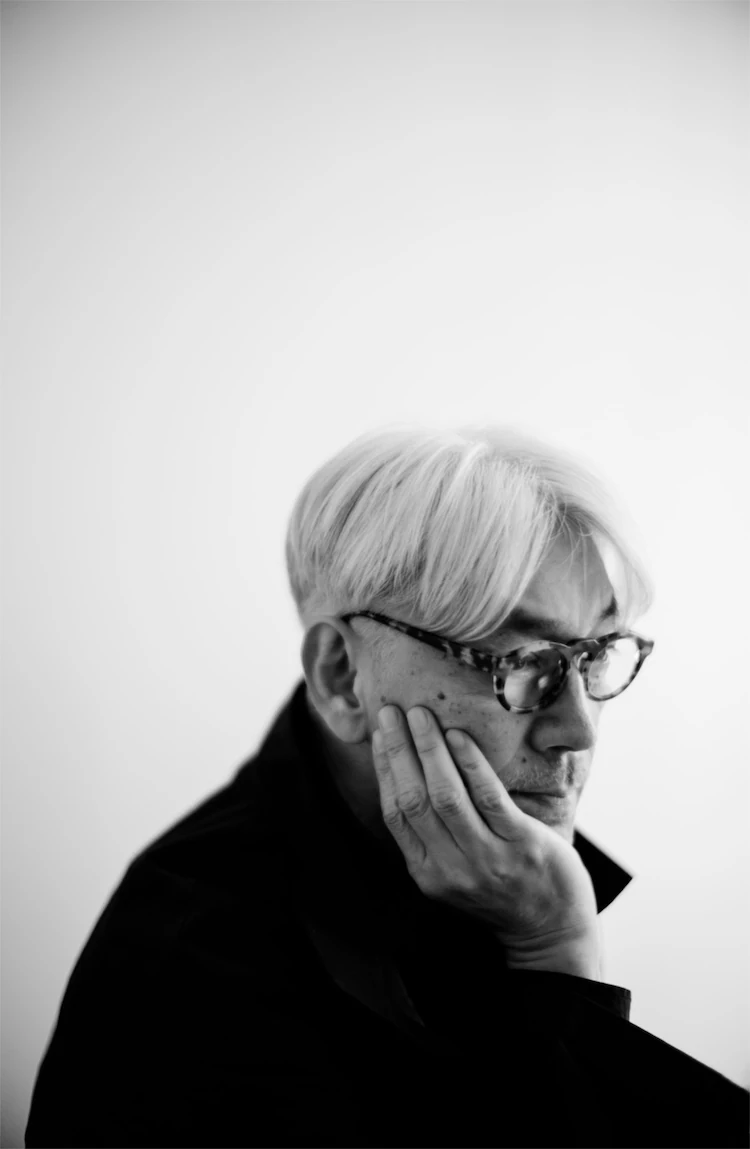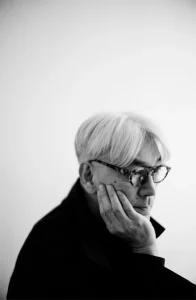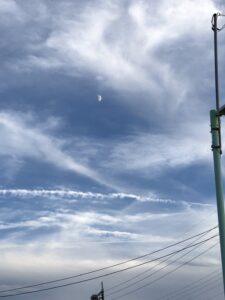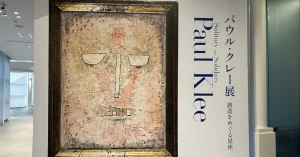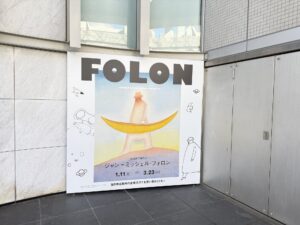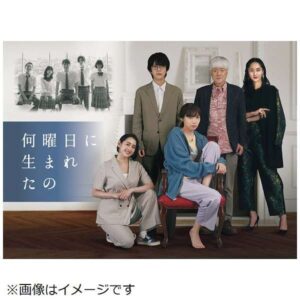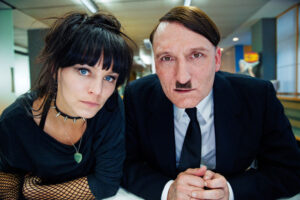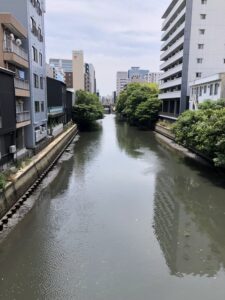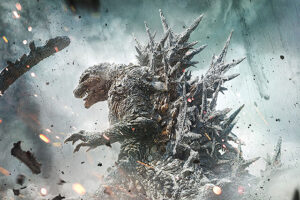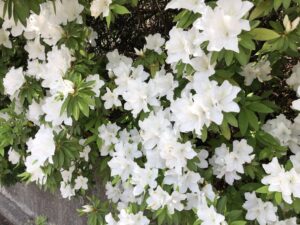The first thing that struck me as amazing was that the professor was so busy with several major events and musical activities that even a normal person could not handle until just before his death that it was hard to believe that he had been suffering from cancer. He also wrote a detailed account of his life up to the day of his death.
I also learned for the first time that he had even selected the music to be played at his own funeral. I could not have understood such things by just reading articles on the Internet.
When I read books such as Futaro Yamada’s “Ningen Rinnei Zukan” (Illustrated Guide to the Death of Human Beings), I found that celebrities often leave behind no record of their deaths, and many of them are so quiet or so abandoned by their families and others that they are unknown.
In this book, however, the professor’s emotional turmoil up to just before his death, as well as the words and actions of the staff and friends around him, are well documented.
This is partly, of course, due to how many people were influenced and enthralled by the musician Ryuichi Sakamoto, but I think it is also largely due to the fact that he was open about his cancer and his battle with it.
For myself, I have never had a good impression of celebrities and entertainers who publicly announced that they had cancer and revealed the details of their battles with the disease.
However, after reading this book, I have changed my mind. I think it’s possible.
For the first time, I felt that celebrities, and especially those who could be called artists, should be allowed to publicize the process of their battles and treatment for illnesses that can lead to death.
Artists tend to expose not only their works, but also their way of life, or the way they live. There is a part of them that is evaluated including their way of life.
As we are born, we cannot escape the fate of death, so not only how we live, but also how we die is a very important theme.
Of course, we cannot choose death. However, we can choose how we die. As the population ages and people become less religious, I have a feeling that the question of how to die will become a more serious and familiar issue that will attract as much attention as the issue of pensions.
It is not “How do you want to live?” by Hayao Miyazaki, to which I wrote my impressions the other day, but it is not only about how to live, how to earn money, or how to survive forever,
I think there will be more and more works on the theme of life and death, or more specifically, bioethics, including life-prolonging treatment and euthanasia, and I hope that there will be more and more of them.
And this book, as a sequel to the previous one, “Music Makes Free,” is written in honest and careful language, in a very real voice, about one artist’s life in the latter half of his life, and about these ways of dying.
Of course, we can trace the transition of the professor’s music from this book, but at the same time, the process of looking at his own illness and death, the way he dealt with old age, the logic of it, and his way of thinking were very helpful for me. Not to mention the books I picked up along the way, and the music.
After reading this book, I re-listened to the last album called “12”. It, too, repeated itself over and over again. And I thought that this work was more than a sketch, but an important album as a musical turning point, together with the previous work “async,” and that this was the boundary that the professor wanted to reach.
The music is like a mental sketch, throwing out the sound itself, without adding any unnecessary sounds as much as possible to the sound that naturally exists. Somewhat reminiscent of Matsuo Basu
